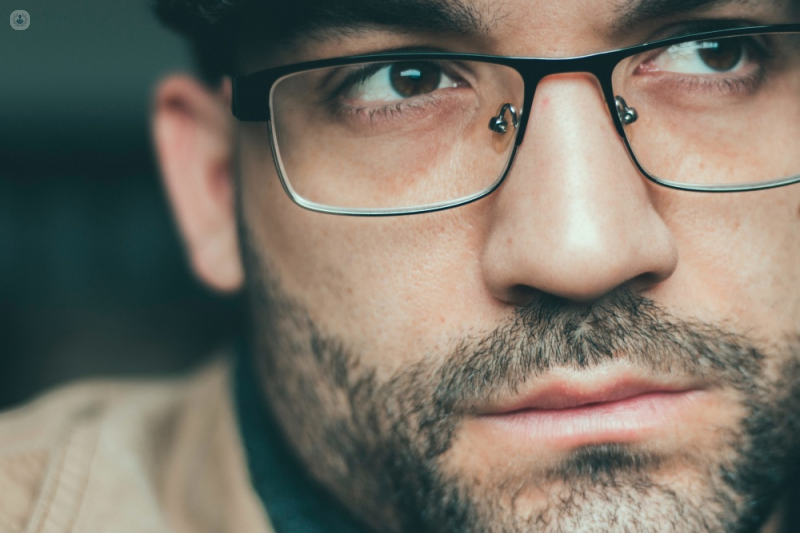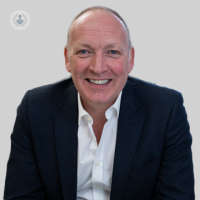Regenerating the jaw with stem cells
Escrito por:It sounds like a plot from a sci-fi movie, but it's happening today in one of the top clinics in London. In a joint effort with The Regenerative Clinic, leading oral and maxillofacial surgeon Mr Luke Cascarini is pioneering stem cell therapy for TMJ disorders - one of the leading causes of jaw pain. In this article Mr Cascarini explains how the treatment works and what his predictions are for the future.

A quarter of people in the UK are affected by jaw pain – and it’s even more common if you’re a woman between the ages of 20 and 50.
There are lots of factors which can result in jaw pain. Arthritis is the most common problem, but you might also get jaw pain due to infection, injury, or overuse of the muscles in your jaw.
For many people, simple remedies such as massage, physiotherapy, and adapting the way you eat can make a huge different to symptoms. Muscle relaxants and anti-inflammatory drugs can also help.
Unfortunately, these treatments don’t work for everyone. For more complex cases, treatment has traditionally involved Botox, steroid injections, or invasive surgery. While these treatments are often effective, they can also be expensive, carry risks, and in many cases don’t treat the underlying disorder.
However, this might all be about to change – thanks to recent developments in stem cell therapy.
Stem cell therapy explained
Stem cells are cells which have the ability to turn themselves into any type of cell – muscle cells, nerve cells, and even blood cells.
This makes them extremely adaptable. If you took a liver cell and tried to transplant it into a damaged joint, it wouldn’t be of much use. A stem cell is different – it can be injected into the target area and the other cells will “tell” the stem cells what they need to become. This starts a process of “regeneration” in the joint or tissue that has been damaged.
Stem cell therapy is currently used for rebuilding the blood system in patients undergoing treatment for certain types of cancer, but in theory there could be much wider applications – from regenerating nerve cells after a spinal cord injury , to regrowing teeth .
Stem cell therapy in orthopaedics
Stem cell therapy has generated a huge amount of interest among orthopaedic surgeons as a potential way to heal injured joints without the need for surgery. The benefit of using your own stem cells is that the risk of infection is extremely low.
Treatment practices currently vary, depending on where the stem cells are originally taken from, and how they are directed to the joint. Some treatments involve injecting the stem cells into the joint, while others are given intravenously to reach the joint by the bloodstream.
My current practice involves working with The Regenerative Clinic to take stem cells from a patient’s fat – a treatment known as Lipogems. The regenerative cells are separated from the fat tissue, then injected into the joint using ultrasound guidance. The whole procedure can be carried out as a day case, and there are no serious reported side effects.
Although most orthopaedic surgeons are exploring the role of stem cell therapy in treating knee pain or hip pain, myself and The Regenerative Clinic are treating patients with temporomandibular joint (TMJ) disorders, since stem cell therapy has the potential to tackle the root cause of jaw pain by regenerating the damaged joint.
Does it actually work?
Stem cell therapy is a new treatment with a growing evidence base. Although stem cell therapy for TMJ disorders hasn’t yet been approved for widespread use by the National Institute of Clinical Excellence (NICE), early results in trials are extremely promising . For this treatment to enter the clinical mainstream, it will need to be shown that it is effective over placebo at improving symptoms, and that side effects are minimal compared to the benefit.


